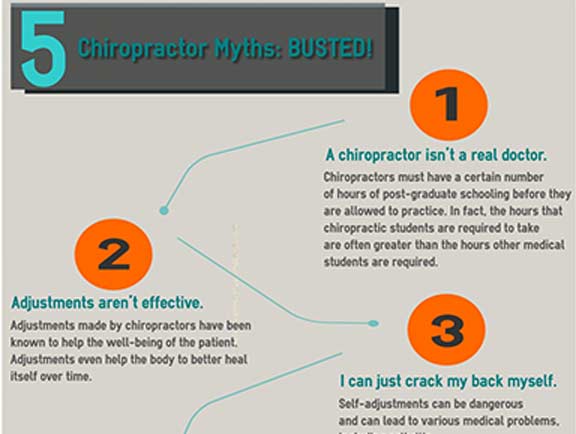Regular Activities That Add To Pain In The Back And Ways To Avoid Them
Regular Activities That Add To Pain In The Back And Ways To Avoid Them
Blog Article
Published By-Dyhr Rosales
Preserving correct pose and staying clear of common mistakes in everyday tasks can dramatically impact your back health and wellness. From exactly how you rest at your desk to how you raise hefty items, little changes can make a huge distinction. Visualize a day without the nagging pain in the back that impedes your every relocation; the remedy could be simpler than you believe. By making a couple of tweaks to your daily behaviors, you could be on your way to a pain-free existence.
Poor Posture and Sedentary Lifestyle
Poor posture and a sedentary way of living are two significant contributors to neck and back pain. When you slouch or suspicion over while sitting or standing, you put unnecessary stress on your back muscles and spinal column. This can cause muscular tissue inequalities, tension, and at some point, chronic pain in the back. In peripheral neuropathy and chiropractic care , sitting for extended periods without breaks or exercise can damage your back muscles and lead to rigidity and pain.
To battle poor posture, make a mindful initiative to sit and stand straight with your shoulders back and lined up with your ears. Keep in mind to maintain your feet flat on the ground and avoid crossing your legs for extensive durations.
Incorporating normal stretching and reinforcing exercises into your day-to-day regimen can additionally assist boost your stance and relieve pain in the back associated with a less active lifestyle.
Incorrect Lifting Techniques
Incorrect lifting techniques can significantly add to neck and back pain and injuries. When you lift heavy items, remember to flex your knees and use your legs to lift, rather than counting on your back muscular tissues. Stay clear of turning your body while training and keep the object near your body to decrease stress on your back. It's critical to keep a straight back and avoid rounding your shoulders while lifting to stop unnecessary stress on your back.
Always examine the weight of the object before raising it. If it's also hefty, ask for help or usage equipment like a dolly or cart to deliver it safely.
Keep in mind to take breaks throughout raising tasks to provide your back muscular tissues an opportunity to rest and stop overexertion. By executing appropriate training methods, you can stop pain in the back and lower the risk of injuries, ensuring your back remains healthy and balanced and solid for the long term.
Lack of Normal Exercise and Stretching
A sedentary lifestyle without regular workout and stretching can considerably add to pain in the back and discomfort. When you do not take part in exercise, your muscles end up being weak and stringent, resulting in bad posture and boosted pressure on your back. Regular exercise assists strengthen the muscular tissues that sustain your spine, enhancing stability and reducing the risk of neck and back pain. Including stretching right into your regimen can additionally improve versatility, preventing tightness and pain in your back muscular tissues.
To avoid neck and back pain brought on by a lack of workout and extending, go for a minimum of thirty minutes of modest exercise most days of the week. Include exercises that target your core muscles, as a strong core can aid ease stress on your back.
In addition, take breaks to extend and relocate throughout the day, especially if you have a workdesk task. Simple stretches like touching your toes or doing shoulder rolls can help eliminate stress and prevent pain in the back. Focusing on web page and stretching can go a long way in keeping a healthy back and minimizing discomfort.
Conclusion
So, bear in mind to stay up right, lift with your legs, and stay energetic to stop back pain. By making basic modifications to your daily behaviors, you can stay clear of the pain and constraints that feature back pain. Look after your back and muscle mass by exercising good posture, appropriate training strategies, and regular exercise. Your back will certainly thank you for it!
